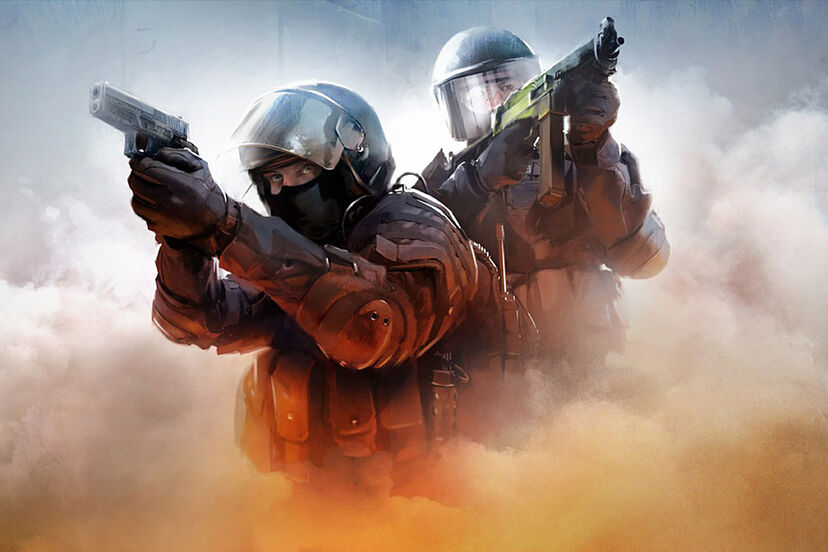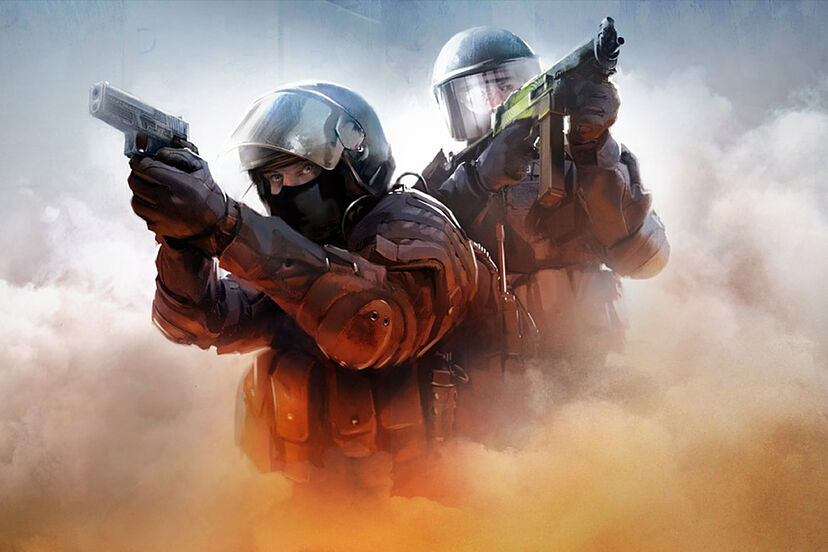In the world of competitive gaming, few titles have achieved the legendary status of Counter-Strike: Global Offensive, or CS:GO. This tactical first-person shooter has not only captured the hearts of millions but also created an entirely unexpected subculture within the gaming community: the world of CS:GO skins. These digital collectibles, while having no impact on gameplay, have become the subject of fascination and investment for players worldwide.
However, in recent years, CS:GO market prices have experienced a steady ascent, leaving many wondering what’s causing this surge. In this article, we’ll dive deep into the factors behind the increasing prices of CS:GO skins.

Historical Perspective
To understand the present, we must first look to the past. CS:GO skins were introduced in 2013, initially as a cosmetic addition to the game. They quickly gained popularity, with some rare skins fetching jaw-dropping prices. Over the years, we witnessed trends in skin pricing, often influenced by major game updates and events. These historical data points provide essential context for the present.
Factors Driving CS:GO Skin Price Increases
Scarcity: One of the key drivers of rising skin prices is scarcity. Many rare skins have limited supplies, and some have even been discontinued. This rarity factor makes them highly desirable among collectors and players seeking status symbols.
Demand: The CS:GO player base has continued to grow, and skins have become a way for players to personalize their in-game experience. Skins are no longer just cosmetics; they are a status symbol, signaling a player’s commitment and expertise.
Speculation and Investment: Skin trading and marketplaces have created opportunities for speculation and investment. Some individuals see CS:GO skins as an asset class, akin to stocks or cryptocurrencies, and buy and trade them accordingly. This speculative behavior can drive up prices.
Game Updates: Changes in the game, including weapon balances and new case releases, can significantly impact cs:go skin prices. The desirability of skins can rise or fall based on their in-game performance or aesthetics.
Influencer and Celebrity Endorsement: Prominent CS:GO players and influencers often play a role in shaping market trends. When they showcase certain skins, demand for those skins can surge, causing their prices to skyrocket.
Economic Factors
Inflation: The real-world economy has an indirect impact on skin prices. As inflation occurs in the real world, it can lead to increased prices in the virtual marketplaces where CS:GO skins are bought and sold. Additionally, fluctuations in currency exchange rates can affect skin prices for players in different regions.
Market Forces: Basic economic principles of supply and demand are at play in the CS:GO skin market. Rare skins with limited supply and high demand naturally command higher prices. The price elasticity of skins also varies, with some being more responsive to price changes than others.
Price Manipulation: Some incidents of price manipulation have occurred in the CS:GO skin market, where individuals or groups artificially inflate or deflate skin prices. Valve, the developer of CS:GO, has taken measures to address this issue, but it remains a concern.
Impact on Players and the Community
While rising CS:GO skin prices might be a boon for collectors and investors, they raise concerns within the player community. New and casual players may find it increasingly challenging to access their favorite skins due to the soaring prices. This can lead to feelings of exclusion and frustration among these players.
The community market, where skins are bought and sold, also comes with Steam’s tax, further impacting the affordability of skins. Alternative marketplaces have emerged, but they lack the robustness and user base of the Steam Market.
There are also ethical and legal considerations, notably in the realm of skin gambling. While Valve has taken steps to curb skin gambling, it remains a contentious issue.
Regulatory Measures and Valve’s Response
Valve has implemented various measures to regulate skin trading, including trade cooldowns, trade holds, and market restrictions. These measures aim to combat price manipulation and promote a fair marketplace. Additionally, legal actions have been taken against skin gambling sites, shedding light on the legal implications of the CS:GO skin market.
The future of CS:GO skins and their prices remains uncertain. While Valve’s efforts to regulate the market are commendable, the impact of external factors and market dynamics cannot be underestimated.
Wrapping It Up!
In conclusion, the rising prices of CS:GO skins are the result of a complex interplay of factors, including scarcity, demand, speculation, and economic forces. While these price increases may be a testament to the skins’ value as collectibles, they also raise concerns within the CS:GO community, particularly among new and casual players.
The ongoing efforts by Valve to regulate the market and combat price manipulation are essential steps toward a fairer CS:GO skin market. However, the future of skin prices will likely continue to be influenced by a myriad of factors, making it a topic of ongoing interest and discussion for both players and investors alike. As the CS:GO community navigates these challenges, one thing is clear: the allure of CS:GO skins isn’t fading anytime soon.
This post didnt have a specific author and was published by PS4 Home.

